Slings
Slings are versatile lengths of webbing used as a crucial component in various rope-based systems for adventure, industrial climbing, arboriculture, and height rescue. Here’s a breakdown of their key features and applications:
-
Material & Construction:
- Typically made from high-strength, abrasion-resistant webbing materials like nylon or Dyneema® (UHMWPE – Ultra-high-molecular-weight polyethylene).
- Available in different lengths, widths, and configurations to suit specific uses.
-
Types of Slings:
- Round slings: Closed loops of webbing, offering excellent abrasion resistance and handling heavier loads.
- Flat slings: Versatile straps of webbing, often used for creating tied knots and secure connections.
- Loop slings: Similar to round slings but with a sewn loop at one or both ends, simplifying attachment.
- Double slings: Essentially two flat slings sewn together, creating a wider, load-bearing area.
-
Applications:
- Anchor building: Extending reach, creating redirect points, and establishing secure anchor systems.
- Load lifting and rigging: Lifting and controlling loads in various situations.
- Work positioning: Securing workers in a desired position while working at height.
- Rappel extensions: Lengthening rappelling lines when needed.
- Rescue operations: Creating haul lines, establishing tensioned systems, and securing casualties.
-
Choosing the right sling:
- Strength rating: Ensure the sling’s rated capacity exceeds the anticipated load it will bear.
- Length and width: Choose a sling with the appropriate length and width for your intended use.
- Inspect slings regularly for signs of wear and damage before each use.
Showing all 8 results
-
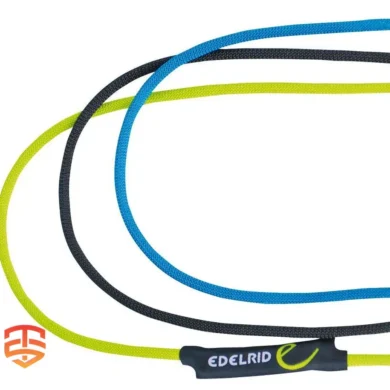
Edelrid Aramid Cord Sling 6 mm
€ 13,00 – € 19,00 Ex VAT Select options This product has multiple variants. The options may be chosen on the product page -
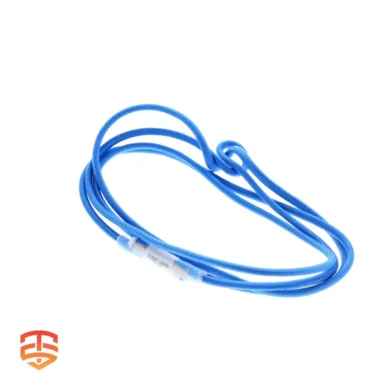
Edelrid HMPE Cord Sling 6mm
€ 12,00 – € 18,00 Ex VAT Select options This product has multiple variants. The options may be chosen on the product page -
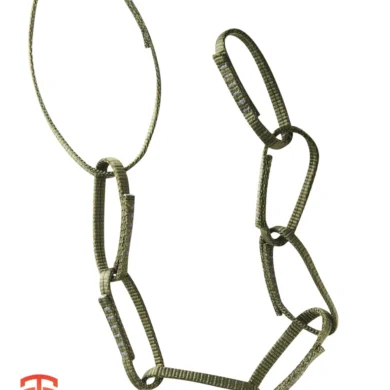
Edelrid MULTICHAIN Anchor
€ 46,00 Ex VAT -

Edelrid PES EXPRESS SLING 16 MM
€ 5,00 Ex VAT Select options This product has multiple variants. The options may be chosen on the product page -
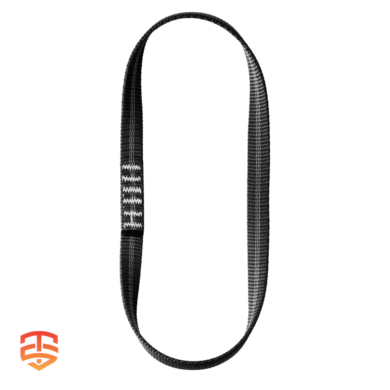
Edelrid PES Sling 16 mm
€ 4,00 – € 10,00 Ex VAT Select options This product has multiple variants. The options may be chosen on the product page -
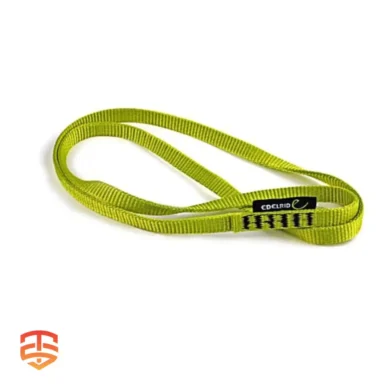
Edelrid Tech Web Sling 12mm
€ 8,00 – € 20,00 Ex VAT Select options This product has multiple variants. The options may be chosen on the product page -
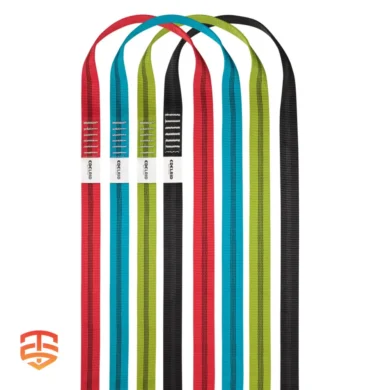
Edelrid X-Tube 25mm Loop Sling
€ 8,00 – € 12,00 Ex VAT Select options This product has multiple variants. The options may be chosen on the product page -
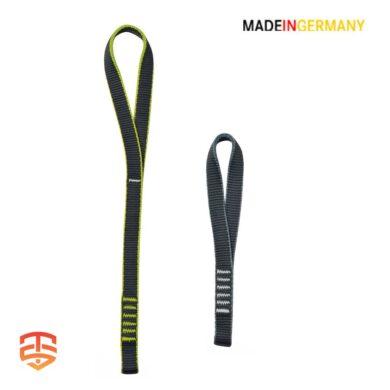
Edelrid Tie-in-loop
€ 8,00 Ex VAT Select options This product has multiple variants. The options may be chosen on the product page
Showing all 8 results
We Recommend
-
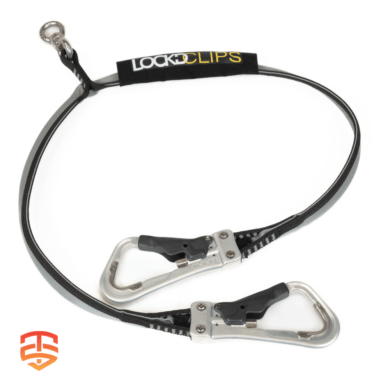
LockD Clips Swivel | Continuous Self-Belay
€ 389,00 Ex VAT -
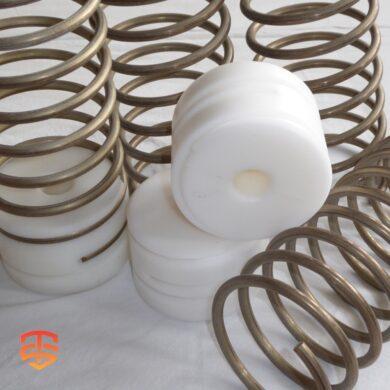
Spring Brake System | Primary & EAD zipline brake
€ 80,00 Ex VAT -
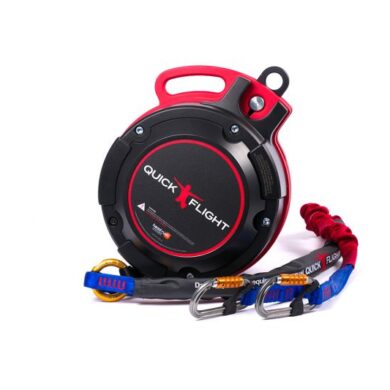
QuickFlight Free Fall Device | 6 – 15,3 meter
€ 4.249,00 – € 4.549,00 Ex VAT Select options This product has multiple variants. The options may be chosen on the product page -

TRUBLUE iQ Auto Belay | 4,5 – 20 meter
€ 2.799,00 – € 3.159,00 Ex VAT Select options This product has multiple variants. The options may be chosen on the product page
Best Sellers
-
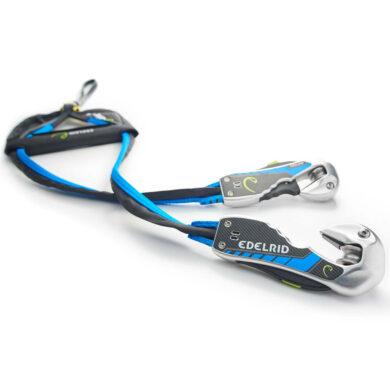
Edelrid Smart Belay X | Magnetic Locking Mechanism
€ 544,00 – € 623,00 Ex VAT Select options This product has multiple variants. The options may be chosen on the product page -

Spring Brake System | Primary & EAD zipline brake
€ 80,00 Ex VAT -
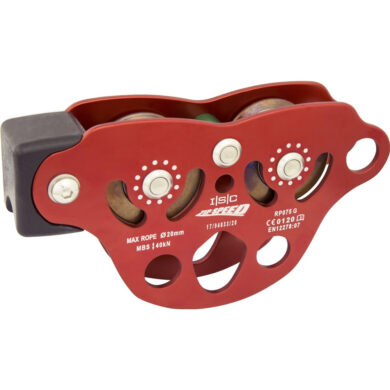
ISC Zipspeed-S Trolley
€ 183,00 – € 271,00 Ex VAT Select options This product has multiple variants. The options may be chosen on the product page -

Superman Zipline Harness
€ 405,00 – € 570,00 Ex VAT Select options This product has multiple variants. The options may be chosen on the product page







